The Ultimate Summer Reading Guide for Kids
A List of Fifty Classic Books They Shouldn’t Miss
Summer is “icumen in,” in the words of an old song. School will soon be letting out, if it hasn’t already. Out-of-work teachers are making travel plans, reading for pleasure and, in some cases, taking on part-time work. And their students, many of them, are anticipating three months of fun and entertainment: watching YouTube streamers, scrolling on their phones and playing video games until their brains melt.
Those of us who are of a certain age remember when summer was a time for reading. The publishers of Harry Potter and other big YA series of the 2000s strategically released books during the school holidays when kids had ample leisure in which to enjoy them. Some of my most vivid memories of summer breaks during college involve a communal culture of reading that now seems vanished: midnight release parties, taking a brisk walk down to the library in hopes of finding some Lemony Snicket books, having to place them on hold and finding that I was tenth in the queue. There was something luxurious about reading a book on the night of its release, going to bed at sunrise and sleeping till past noon.
I worry that fewer and fewer kids and teens are having that experience. Studies show that among children in the U. K., reading for pleasure has plunged precipitously in the past ten years, to the point where publishers of middle-grade books are hesitant to sign new authors: what if there’s no one to read them? The Guardian recently reported that Gen Z parents—many of whom were not exposed to books as children, even in school—have come to dread the task of reading aloud to their kids: “It’s so boring,” they say. And so the problem perpetuates itself, because parents who shun the practice of reading raise kids who find more enjoyment in Minecraft than in Mary Norton or Milne. And that, I think we can all agree, is tragic. (“Read to your kids,” my friend Faith Moore said recently. “Civilization literally depends on this.”)
But it doesn’t have to be this way. Perhaps this puts me in the unfashionable minority, but I continue to believe that books are not only our greatest technology but also our greatest entertainment. I believe it’s still possible in this era to raise a child whose first love is reading, who’s more engaged by the adventures of Captain Nemo or Katniss Everdeen than the ephemeral antics of Mr. Beast. And in that spirit, today I’m suggesting fifty books for intermediate and advanced readers (ages ten and up) that I think every kid ought to read. Some are classics, some are more recent, but all the books listed are fun and enriching. Your child will, I daresay, be very glad to have read them. (You may be very glad to have read them yourself.)
Mystery Books
The Hound of the Baskervilles, by Conan Doyle. “They were the footprints of a gigantic hound!” Holmes and Watson travel to Devonshire to investigate the case of a family afflicted with a legendary curse, in the most thrilling outing of their career.
The Westing Game, by Ellen Raskin. When paper mogul Samuel Westing dies, his sixteen surviving relatives learn that he’s leaving his entire 200 million-dollar fortune to the one who wins the Westing Game. There’s some great character work here and I cry, hard, at the end.
Chasing Vermeer, by Blue Balliett. Two children, Calder and Petra, are drawn into intrigue when a thief steals a Vermeer painting en route to the National Gallery, all the while leaving tantalizing clues to its current whereabouts.
The Swifts: A Dictionary of Scoundrels, by Beth Lincoln. The first in a new series of insanely clever mysteries about the Swifts, an eccentric family (with names like “Shenanigan” and “Schadenfreude”) who seek treasure, solve crimes and play giant outdoor Scrabble.
The Wells & Wong murder mystery series, by Robin Stevens. One of my favorite middle-grade series ever, centering on Hazel Wong and Daisy Wells, the first initially timid, the second bossy but brilliant, as they investigate murders at their 1930s boarding school.
The Mysterious Benedict Society, by Trenton Lee Stewart. Really delightful series narrating the peculiar adventures of Kate, Constance, Sticky and Reynie, who must solve a number of puzzles as they work to defeat a sinister organization. Also a very charming Disney+ series.
Fantasy Books
Alice in Wonderland & Through the Looking-Glass, by Lewis Carroll. My favorite books as a child, and still in my top five. Carroll was an actual genius and the worlds he creates in these books (a sort of upside-down Oxford) are the most inspired fantasy landscapes in literature.
The Princess and the Goblin, by George MacDonald. A girl named Irene must battle a race of underground goblins with soft feet who threaten to abduct her and force her into marriage. The Goblins in particular were a huge influence on Tolkien.
Five Children & It / The Phoenix & the Carpet, by Edith Nesbit. A witty, inventive duology about five siblings who encounter a Psammead (who grants wishes) and a rather vain Phoenix. The believable bickering of the kids left its mark on the dialogue of Narnia and Harry Potter.
The Oz books, by L. Frank Baum. Most people are unaware that Baum wrote fourteen of these books before his death and that they became increasingly strange, as I’ve documented here.
The Chronicles of Narnia, by C. S. Lewis. Essential reading for all children of a certain age. My eight-year-old nephew became obsessed with these books when we read them aloud together, standing atop his bed and blowing a toy horn whenever Susan’s horn was mentioned.
The Midnight Folk and The Box of Delights, by John Masefield. Before Narnia, before the Pevensies, there was Kay Harker. This delirious brew of witches, talking foxes, Roman soldiers, time travel, Cockney baddies and sinister old ladies was much admired by Lewis.
The Phantom Tollbooth, by Norton Juster. Once there was a boy named Milo who was bored by everything. One day he returned home from school to find a tollbooth in his bedroom, and so began a journey through Dictionopolis, the Doldrums and the Mountains of Ignorance to rescue Rhyme and Reason, in a book that’s delighted slightly precocious children for three generations.
The Chrestomanci Series, by Diana Wynne Jones. A series of loosely collected novels all featuring Christopher Chant, a highly revered minister who polices magic. The magic depicted in these books is anarchic and riotously funny, as when a violin is transformed into a cat who still creaks like a wooden instrument.
The Owl Service and Elidor, by Alan Garner. In the first, a family staying in a Welsh cottage becomes possessed by ghosts from the past, reenacting their tragic lives. In the second, four siblings enter a world of dark magic after accidentally walking widdershins round a church.
The Dark Is Rising series, by Susan Cooper. On his eleventh birthday, Will Stanton learns that he’s “the last of the Old Ones” and a key player in a struggle between the ancient forces of Light and Dark. Evocative, brilliantly written and hugely influential.
His Dark Materials, by Philip Pullman. This acclaimed trilogy begins in a parallel Oxford and follows Lyra, whose scientist uncle seeks to open a portal to another world. Pullman blends science, religion and mythology into one of the most ambitious works of recent fantasy.
Nevermoor, by Jessica Townsend. My favorite middle-grade series of the past decade, centering on a girl named Morrigan Crow who’s rescued from death by the enigmatic Jupiter North (a loving homage to the Doctor) and taken to the London-esque Nevermoor.
Animal Tales
The Wind in the Willows, by Kenneth Grahame. Mole, Ratty and Badger undertake jaunts along the river, their rambles intersecting with the escapades of rambunctious friend Toad, who takes a keen joy in fast cars and mischief. “The Piper at the Gates of Dawn” chapter is stunning.
One Hundred and One Dalmatians, by Dodie Smith. Best-known from the Disney adaptation, the book has a gorgeously rendered sense of place that elevates it. Followed by The Starlight Barking, one of the strangest sequels ever written.
Watership Down, by Richard Adams. The story of a warren of rabbits, warned in prophecy about the destruction of their home, who travel across England in search of a new life. For advanced readers; the tone is closer to Lord of the Rings than Wind in the Willows.
Redwall, by Brian Jacques. A series of 22 novels recounting the history of Redwall Abbey, defended by benevolent moles, mice, voles and squirrels against nefarious woodland critters. The descriptions of food are stupendous. These books were massively popular among boys at my middle school.
Fantastic Mr. Fox, by Roald Dahl. When Mr. Fox and his family are trapped underground by the farmers Boggis, Bunce and Bean, he must use all his cunning—and the aid of badgers, rabbits, and assorted other creatures—to keep from starving, in this vibrant and winning tale by the master.
Mrs. Frisby and the Rats of NIMH, by Robert C. O’Brien. When the children of Mrs. Frisby, a normal but good-natured rat, are threatened with destruction, she must seek the assistance of a colony of super-intelligent lab rodents in this bonkers classic.
Adventure Books
Twenty Thousand Leagues Under the Sea, by Jules Verne. Professor Aronnax, his faithful servant Conseil, and the earthy harpooner Ned Land find themselves aboard a marvelous submarine helmed by the enigmatic Captain Nemo, who seeks revenge on the nation that killed his family.
Treasure Island, by Robert Louis Stevenson. The ur-text of boys’ adventure tales for several generations of readers. After being given a map by a dying man, young Jim Hawkins sets sail in search of treasure—but trouble looms in the form of Long John Silver, a character so memorable he would later inspire one of Agatha Christie’s best villains.
Swallows & Amazons, by Arthur Ransome. Children from two families explore a lake in the Lake District, battling burglars and enjoying corned beef and ginger beer, in a book that has no real antagonist and unfolds like a pleasant dream. One of Miyazaki’s favorite books.
The Count of Monte Cristo, by Alexander Dumas. After escaping from an island prison, Edmond Dantes finds a fabled treasure and seeks revenge on the friends who put him there. I can’t think of a single reader who doesn’t adore this book. Among the most beloved classics.
The Wolves of Willoughby Chase, by Joan Aiken. Wonderfully Dickensian tale set in a parallel Victorian London and featuring menacing wolves, slightly dodgy housekeepers, and a valiant cave-dwelling urchin who befriends bees and geese. Fans of Lemony Snicket will rejoice.
A Journey to the Center of the Earth, by Jules Verne. Axel Lidenbrock must leave his fiancée to accompany his uncle, Otto, down an Icelandic volcano into a hidden prehistoric world at the heart of the earth. I must have read this book five or six times as a child. Magnificent.
Fairytales & Myth
King Arthur and His Knights of the Round Table, by Sir Roger Lancelyn Green. Green succeeds in adapting the Arthur stories because he understands that they’re defined by their mystery and weirdness. Outside of Malory, this is probably my favorite Arthur anthology.
The Colored Fairy Books, by Andrew Lang. There are twelve of these and they’re spectacular. Lang includes all the classics of the Western tradition but also a surprising number of tales from Africa, Asia and indigenous America, in this wonderfully comprehensive collection.
The Thousand and One Nights (abridged for younger readers). I picked this book off a library shelf at uni and sat reading it for hours, mesmerized. It’s like a Twilight Zone for the Middle Ages, extravagant in its weirdness, generous in its pleasures, and has been a cornerstone of all subsequent fantasy.
Aru Shah and the End of Time, by Roshani Chokshi. Similar to the Percy Jackson books, but with Hindu mythology rather than Greek. After foolishly lighting a lamp on a dare at a museum, Aru Shah inadvertently releases a demon who seeks to awaken a god who could destroy time.
Mammoth Book of Celtic Myths & Legends, by Peter Berresford Ellis. Probably my favorite contemporary folklore collection, showcasing the range and weirdness of tales from Scotland, Ireland, Brittany, Cornwall, Wales and the Isle of Man. For older readers.
Science-Fiction / Horror
Tom’s Midnight Garden, by Philippa Pearce. The story of a boy whose garden transports him several decades into the past, where he befriends a young woman. Philip Pullman loves this book, and Steven Moffat has called it an inspiration for his work on Doctor Who.
The War of the Worlds, by H. G. Wells. “When you’re sixteen years old, you’re paranoid,” said Ray Bradbury, “and H. G. Wells is a very paranoid writer. And a necessary one.” The original Martian invasion story, in which terrifying tripods destroy London, still shocks.
Fahrenheit 451, by Ray Bradbury. Perhaps the most prophetic mid-century dystopia, an increasingly unnerving vision of a world in which screens command all attention, the police engage robotic killer dogs in ruthless pursuits and people have forgotten how to read, or think.
A Wrinkle in Time, by Madeleine L’Engle. Awkward, brainy Meg Murry must travel to the ends of the universe to rescue her father, in a visionary fusion of science, mysticism and cosmic horror leavened by L’Engle’s gentle Episcopalianism.
Charlotte Sometimes, by Penelope Farmer. The gorgeously eerie story of a girl who finds she’s switched places with another girl who attended her boarding school forty years before. Soon the two find a way to communicate, in this unjustly neglected cult classic.
The Giver, by Lois Lowry. The story of a world in which no one writes or paints or makes music because making art is too difficult and evokes too many complex emotions. One boy is chosen to experience the memories that the rest of the world has given up.
A Series of Unfortunate Events, by Lemony Snicket. A masterpiece of contemporary fantasy, Snicket’s unique blend of whimsy, Gothic horror and clever wordplay birthed a generation of darkly funny, verbally precocious readers.
Realistic Fiction
The Little House Books, by Laura Ingalls Wilder. One of my favorite series in the sixth grade, these books follow young Laura and her family as they traverse the plains, battle snowstorms & starvation, and carve out a home on the frontier. The Long Winter is the best of the lot.
Catherine, Called Birdy, by Karen Cushman. “If I had to be born a lady, why not a rich lady?” laments Catherine, the daughter of a medieval noble, to her diary. Her family seeks to marry her off to a number of unsuitable suitors, but the headstrong Catherine isn’t having it.
Little Women, by Louisa May Alcott. Not just for girls. Alcott is second to none as a writer of characters, and in telling the story of the March sisters and Laurie, she becomes the closest thing we have to an American Dickens.
Hatchet, by Gary Paulsen. A boy named Brian is gifted a hatchet by his parents, which proves useful when the pilot of his private plane suffers a heart attack and dies, leaving Brian stranded alone in the Canadian wilderness. While I was not personally a huge fan of this book, every boy I knew in school LOVED it.
The Bridge to Terabithia, by Katherine Paterson. Misleadingly packaged as fantasy, this is the achingly real story of two friends, Leslie and Jesse, who build their own escape from reality. Midway through, the book takes a blindingly sudden swerve that is devastating.
The House on Mango Street, by Sandra Cisneros. A series of lyrical vignettes centering on Esperanza, a young woman coming of age in a Latina neighborhood, and her colorful neighbors, from Elenita the witch-lady to Cathy, who has “cats and cats and cats.”
Invisible Man, by Ralph Ellison. For advanced readers. An unnamed African-American embarks on a psychedelic odyssey of mob violence, mental asylums and sleet-rimed streets, all narrated in an experimental literary style reminiscent of mid-century jazz.
Holes, by Louis Sachar. Wrongly convicted of stealing sneakers, Stanley Yelnats is sentenced to a camp in the Texas desert where he and other kids must dig holes for unexplained reasons, in a story that gets wackier and more labyrinthine with every turn of the plot.

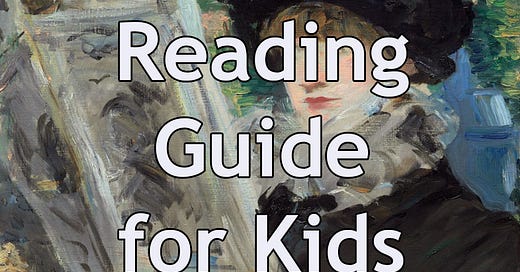




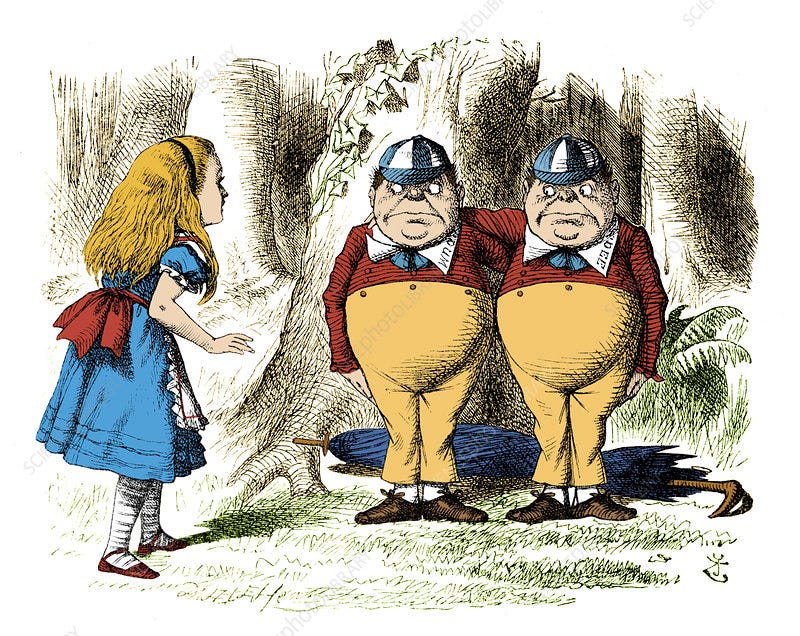
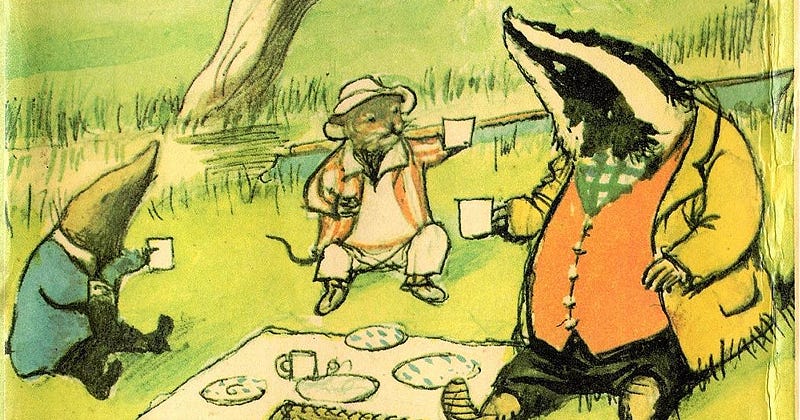
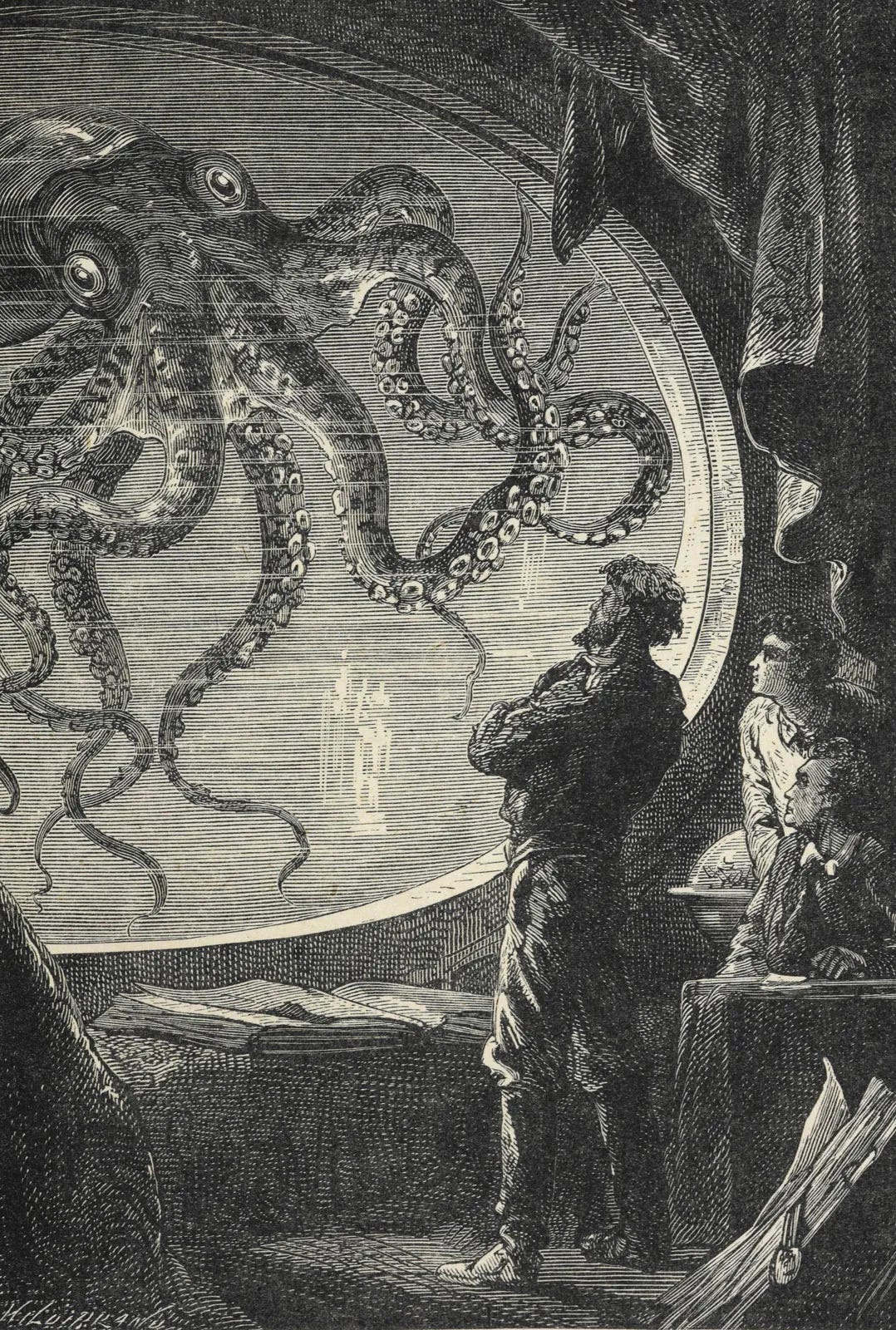

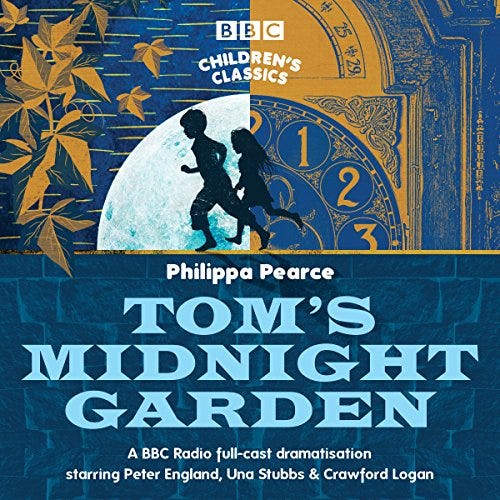
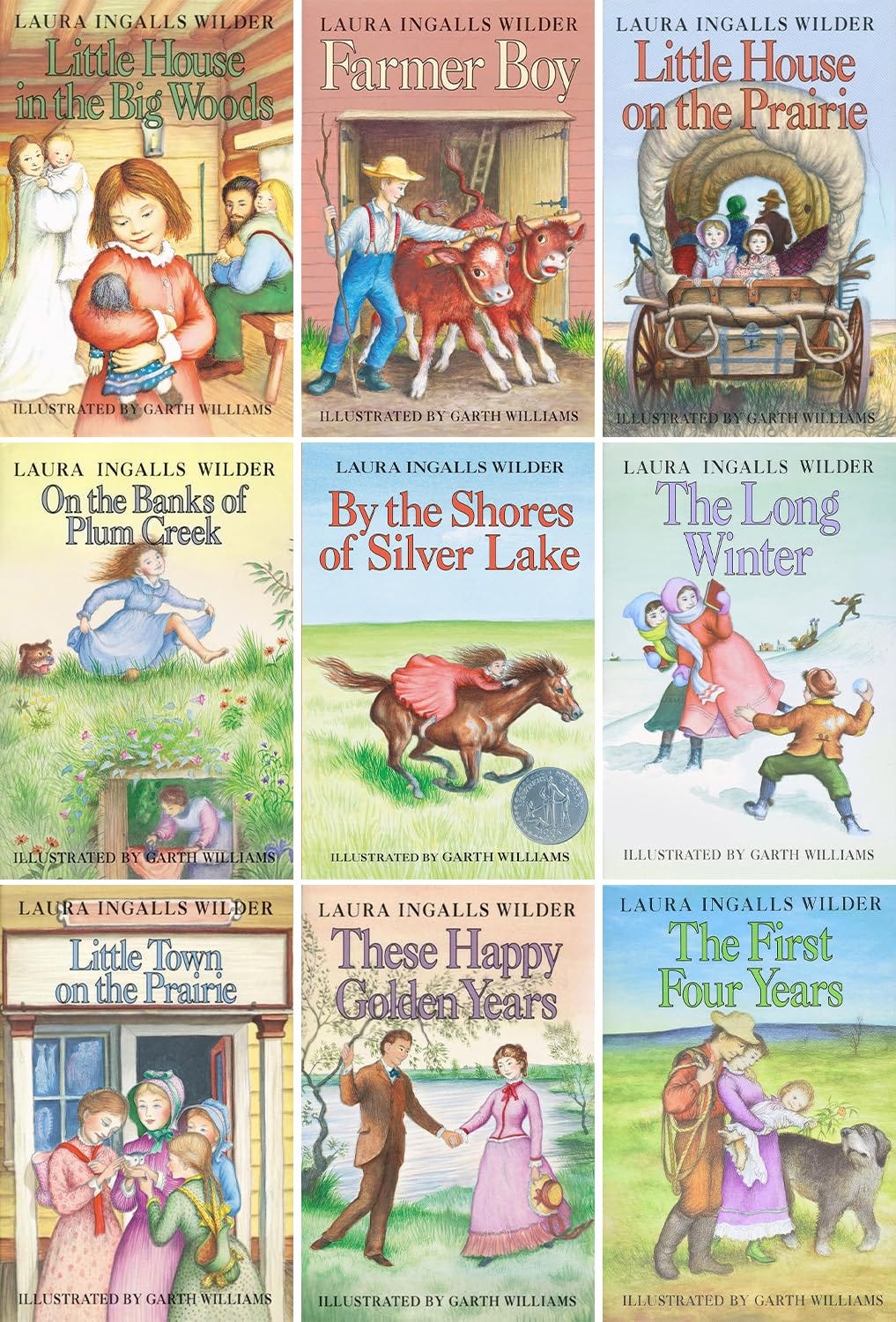
Oh what an amazing list! A lot of my childhood favorites on here!
There is a lot going on with my health right now. I remember some of these books from childhood, and others are new to me. I'm 56 but thinking this list might be good for my fatigued mind. I loved Little House on the Prairie so much!